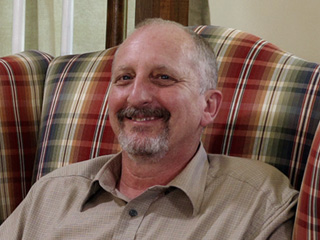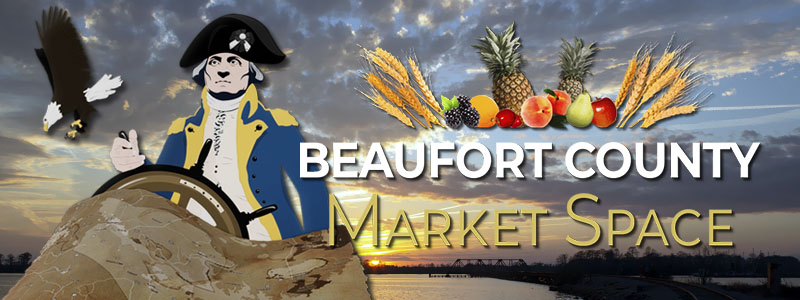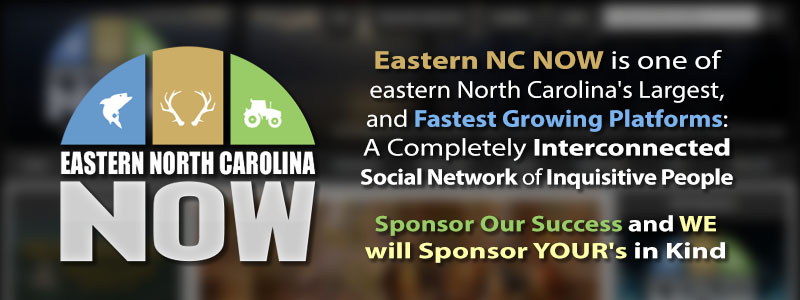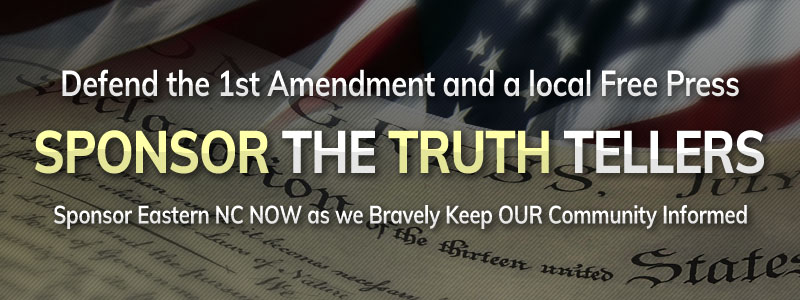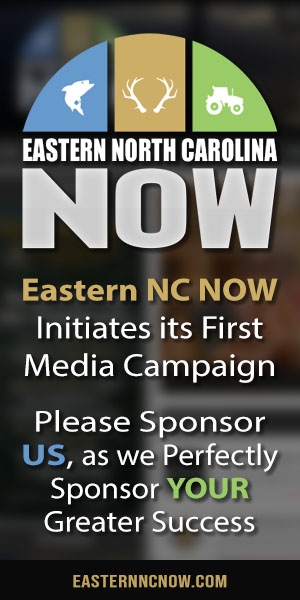Publisher's note: The author of this post is Sarah Curry, who is Director of Fiscal Policy Studies for the John Locke Foundation.
Traditionally, city and county Parks and Recreation (P&R) departments provided the public with parks and user-fee-supported sports leagues — soccer, softball, etc. Now, many P&R departments have expanded well beyond these boundaries. Some provide uncommon services that benefit only a handful of citizens, such as golf courses and equestrian centers. P&R departments also provide many services and facilities already offered by the private sector — full-service gyms, martial arts instruction, etc. These tax-supported P&R activities unfairly compete with private-sector providers. It is not only that they receive tax money, but also that they don't pay taxes. Thus the taxpayer cost of these subsidized activities is not just the direct tax subsidy, but also the lost taxes that would have been paid by private providers.
In addition, P&R department activities result in a political constituency that benefits elected politicians and P&R bureaucrats. By providing a free or highly subsidized activity, the P&R department creates a special-interest group out of people who enjoy that activity and who will lobby for its continuation and expansion, transferring the costs to taxpayers who may not benefit. For example, the losses incurred by city golf courses are paid by all taxpayers for the benefit of a small group of golfers, whose incomes are generally higher than the average city taxpayer's. If local P&R departments can provide yoga, kickboxing, golf courses, equestrian centers, extreme sports, cooking classes, vermicomposting (worms) classes, etc., are there any limits on what they can provide to specialized interest groups using taxpayer subsidies?
Across North Carolina, many private recreational centers provide golf courses, gyms, equestrian centers, and other activities. Those private facilities are sources of income for many North Carolinians. When P&R departments operate similar facilities, they threaten the businesses of these citizens. As government departments, they have an unfair advantage over private sector services: their access to tax dollars shelters them from risk, and they aren't burdened with the additional overhead cost of having to pay taxes on their facilities and land.
Public facilities also compete with private, nonprofit firms such as the YMCA. These organizations rely on user fees and private charitable donations to stay open and pay employees. Competition from taxpayer-funded P&R departments is harmful and unfair to them.
Community members who do not benefit from specialized P&R department services should not have to bear their costs. User fees should be set at levels that would capture all the costs, including capital costs, administration costs, maintenance costs, and the taxes that would have been charged had the service been provided by the private sector. For example, softball league user fees should cover the costs associated with a public softball complex. Local governments should implement accounting systems to ensure that these costs are fully recovered. P&R departments should use their limited funds to offer services that are beneficial to the entire community.
Cities and counties should restructure their parks and recreation departments to eliminate activities and services that are offered or could be offered by private businesses and those that serve only a small minority of residents. When local governments use taxpayer funds to subsidize highly specialized recreational activities, they are benefiting a tiny segment of the community at the expense of the whole community. These governments should also implement user fees to recover the full costs of services that benefit only specialized groups.
According to the NC State Treasurer Financial Information as of 6/30/2014, county spending on P&R includes 'sales & service' for 'park and rec-including parks, golf, tennis, football, basketball, rec courses, etc.' and 'cultural-all except libraries and parks and rec listed elsewhere' categories. Below are the ten highest county expenditures on parks and recreation.
North Carolina State Average — $2.25 per Capita
- Orange — $22.85
- Clay — $15.30
- Jackson — $14.36
- Forsyth — $10.60
- Rowan — $10.10
- Dare — $9.56
- Person — $7.98
- Graham — $6.66
- Swain — $6.38
- Lee — $6.35





